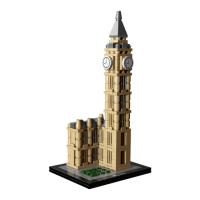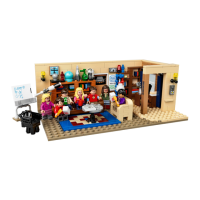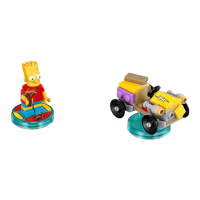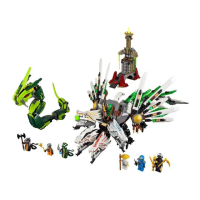As an Architectural Artist my desire is to capture the essence
of a particular architectural landmark into its pure sculptural
form. I fi rst and foremost do not view my models as literal
replicas, but rather my own artistic interpretations through
the use of LEGO
®
bricks as a medium. The LEGO brick is
not initially thought of as a material typically used in creating
art or used as an artist’s medium. I quickly discovered the
LEGO brick was lending itself as naturally to my applications
as paint to a painter or metal to a blacksmith. As I explore
how to capture these buildings with the basic shapes of the
bricks and plates, I fi nd the possibilities and challenges they
off er almost magical.
21011 Brandenburg Gate
Following the parameters found among the landmark series
it was important to maintain a souvenir scaled model. This
historical monument contains architectural styling and motifs
diffi cult to accurately replicate at a smaller size. For instance,
the colonnades are made using railings scaled to be roughly
3 feet high, but here clearly take on the feel of 20 foot tall
columns.
Another interesting detail attributed to achieving a small scale
is how to eff ectively represent the monument’s sculpture
of the Quadriga, a four-horsed chariot driven by Victoria,
the winged goddess of victory, found crowning the top of
the gate. This very distinctive feature was recreated using
“greebles”–the use of unintended parts to recreate another
object in an abstract way.
While this model is seemingly a straightforward build,
achieving the ½ stud width cantilever found highlighting the
parameter where the upper cornice meets the frieze seemed
tricky. The technique used turned out to be a simple solution
using 1x1 round plates off set between 4 full studs and 2x2 tiles
above completing the proportionally correct ½ stud overhang.
– Adam Reed Tucker
A Word from the Artist
58
21011_BI_DE.indd 58 10/3/13 6:53 PM
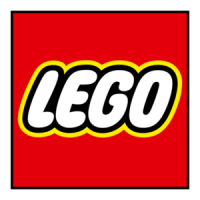
